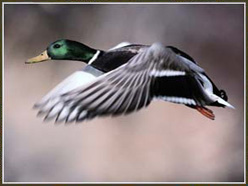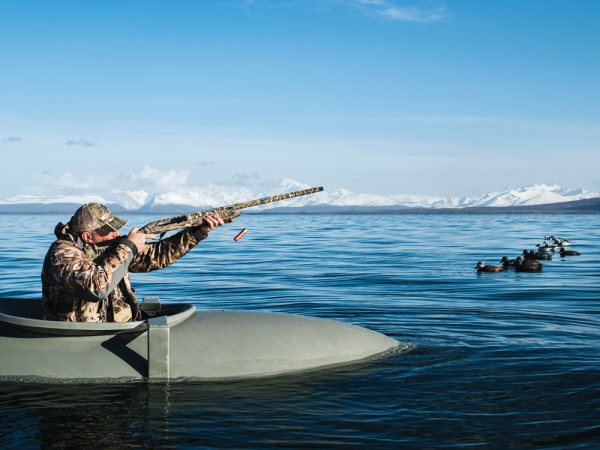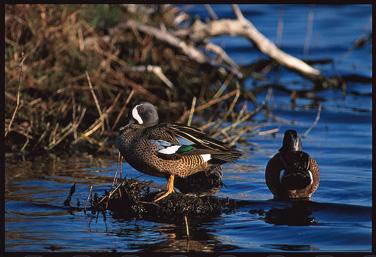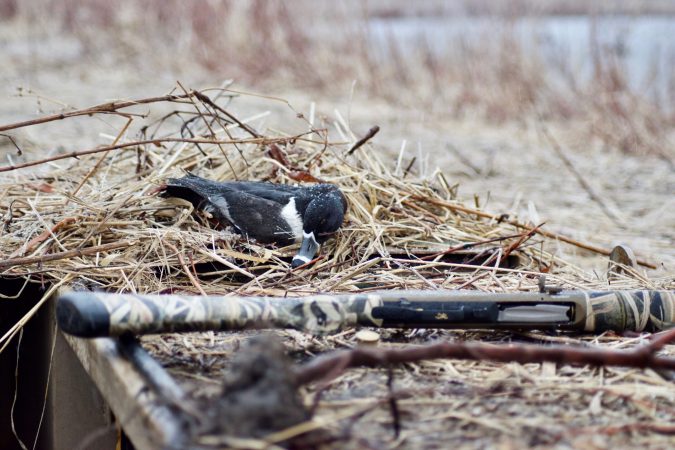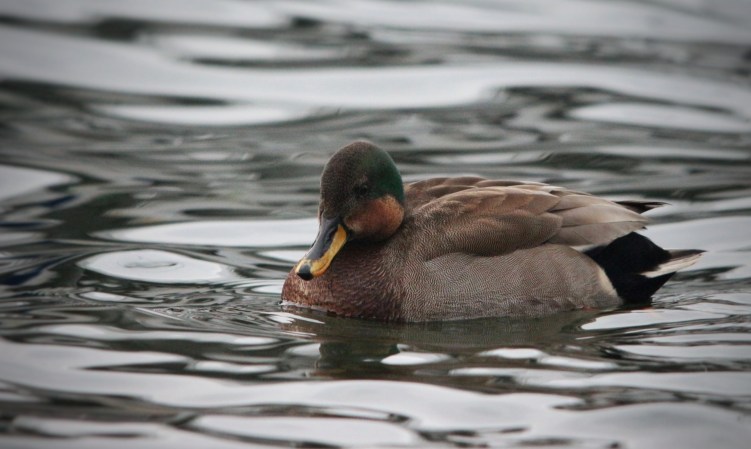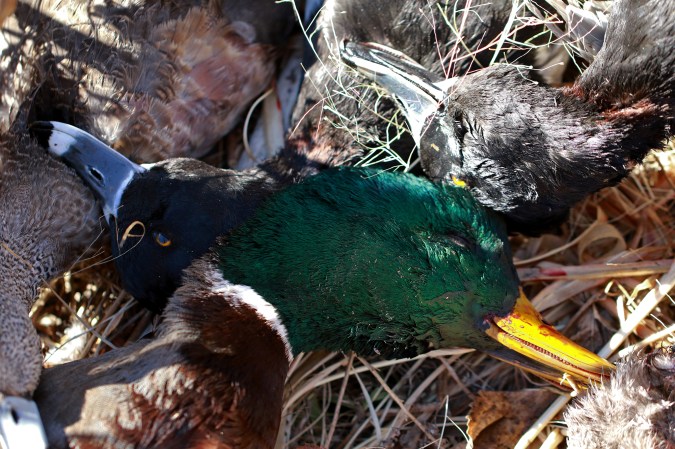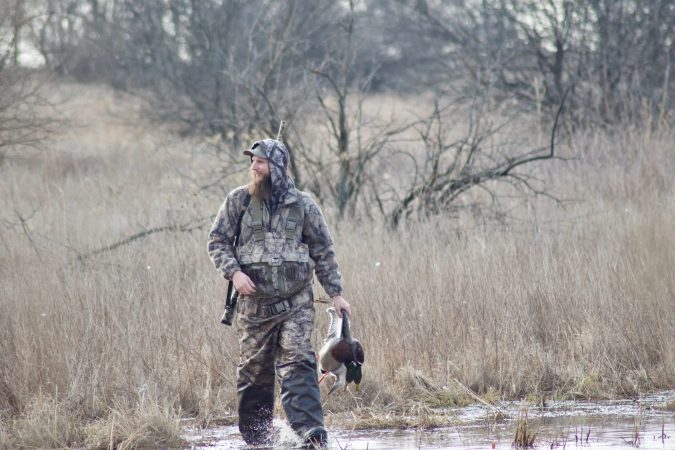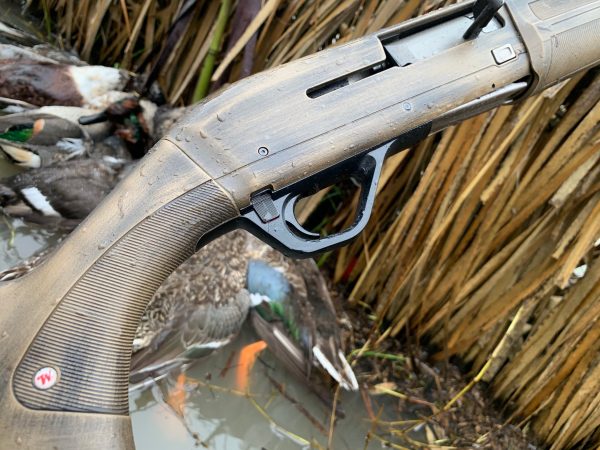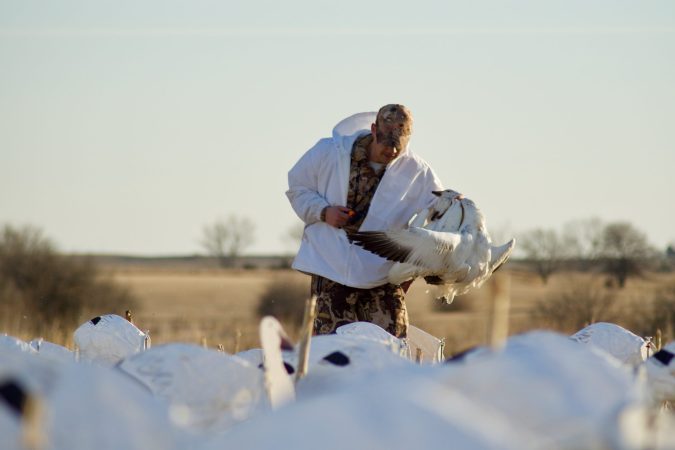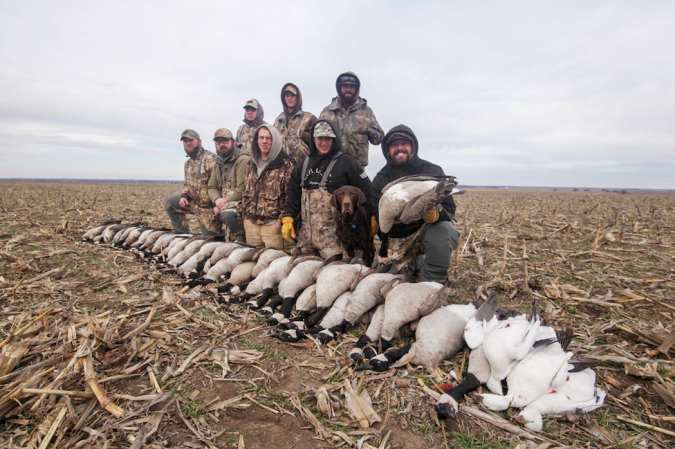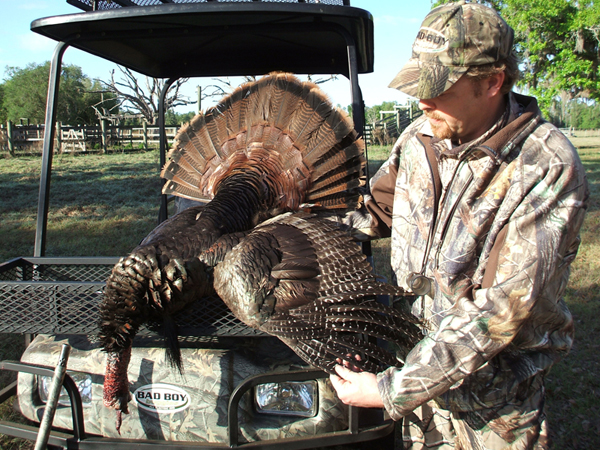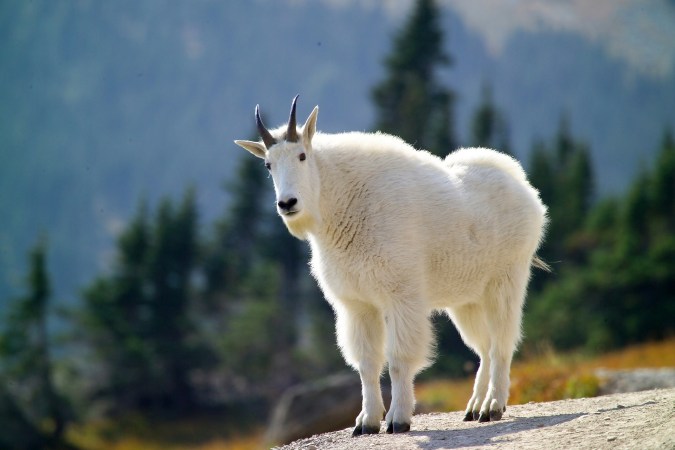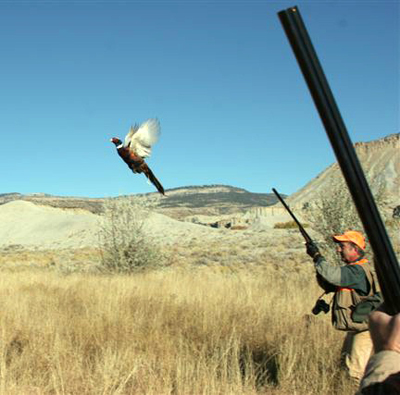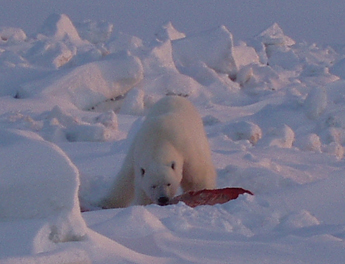The Brits called them “angels,” ethereal blips that clouded the screens of the earliest World War II radar. But those echoes were neither disembodied souls nor V-2s. Instead, they were eiders, geese and other North Sea waterfowl using the cover of night and a stiff north wind to migrate.
Modern waterfowl hunters can tap into a similar electronic early-warning system to monitor the size and timing of migrations with more accuracy than ever. The National Weather Service’s Next Generation Radar , or NEXRAD, is so sophisticated it can detect individual geese, swans and even clouds of migrating butterflies.
The U.S. Department of Defense, the National Oceanographic and Atmospheric Administration and conservation groups are using the Doppler radar to chart those areas where geese and ducks stop to rest on their seasonal migrations-critical habitat that can be protected once it is identified.
NEXRAD does have some limitations, according to NOAA meterologist Ted Fathauer in Alaska. “I suspect that species differentiation will be difficult to impossible,” he says. Still, consulting a NEXRAD site via the Internet (www.dodpif.org/techrpt 1099.html) is better than calling your uncle upstate to get a feel for the migration. And it sure beats scanning the horizon for incoming birds.

